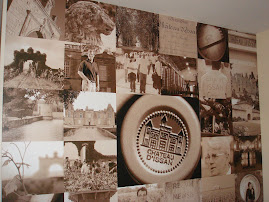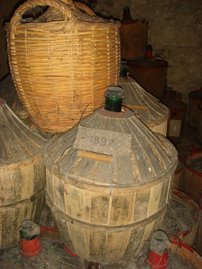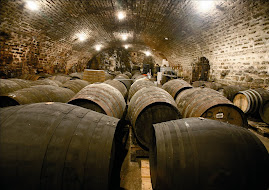
Dear Friends and Pauillac connoisseur,
The first known reference to Lafite dates to 1234 with a certain Gombaud de Lafite, abbot of the Vertheuil Monastery north of Pauillac, Lafite’s mention as a medieval fief dates to the 14th century.
The name Lafite comes from the Gascon language term “la hite”, which means “hillock”. There were probably already vineyards on the property at the time when the Ségur family organised the vineyard in the 17th century, and Lafite began to earn its reputation as a great winemaking estate. Jacques de Ségur is credited with the planting of the Lafite vineyard in the 1670’s and in the early 1680’s. In 1695, Jacques de Ségur’s heir, Alexandre, married the heiress of Château Latour, and they gave birth to Nicolas-Alexandre de Ségur. The fiefs of Lafite and Latour were thus unified at the beginning of their estate legacy
On 8 August 1868, Baron James de Rothschild purchased Château Lafite, which had been placed under public sale through the inheritance of Ignace-Joseph Vanlerberghe.
The Barons de Rothschild recovered possession of Château Lafite Rothschild at the end of 1945, and Baron Elie was responsible for recovering the estate’s business. In 1975, Baron Eric de Rotschild, nephew of Baron Élie, took his place. Today, Charles Chevallier is the technical director of the Domaines.
We started our tour by the room of this big oak vat and followed by first cellar. Don't forget, The barrels are all made at the Domaine’s cooperage.
The ageing phase of the wine begins in the chai, which takes between 18 and 20 months. Here, it is below. We are inside the famous cellar which could be used for an Opera.

We ended-up by an extraodinary tasting with a comparaison of two vintages 1994 and 2006.
*Château Lafite-Rothschild 1994
99% Cabernet sauvignon
1% Petit Verdot
Average ageing (vineyards): 30 years old
Pure and fresh.
*Château Lafite-Rothschild 2006
82% Cabernet sauvignon
16% Merlot
2% Cabernet Franc
Fine and elegant.
We would like to thank you for this great visit and tasting.
MFM

















